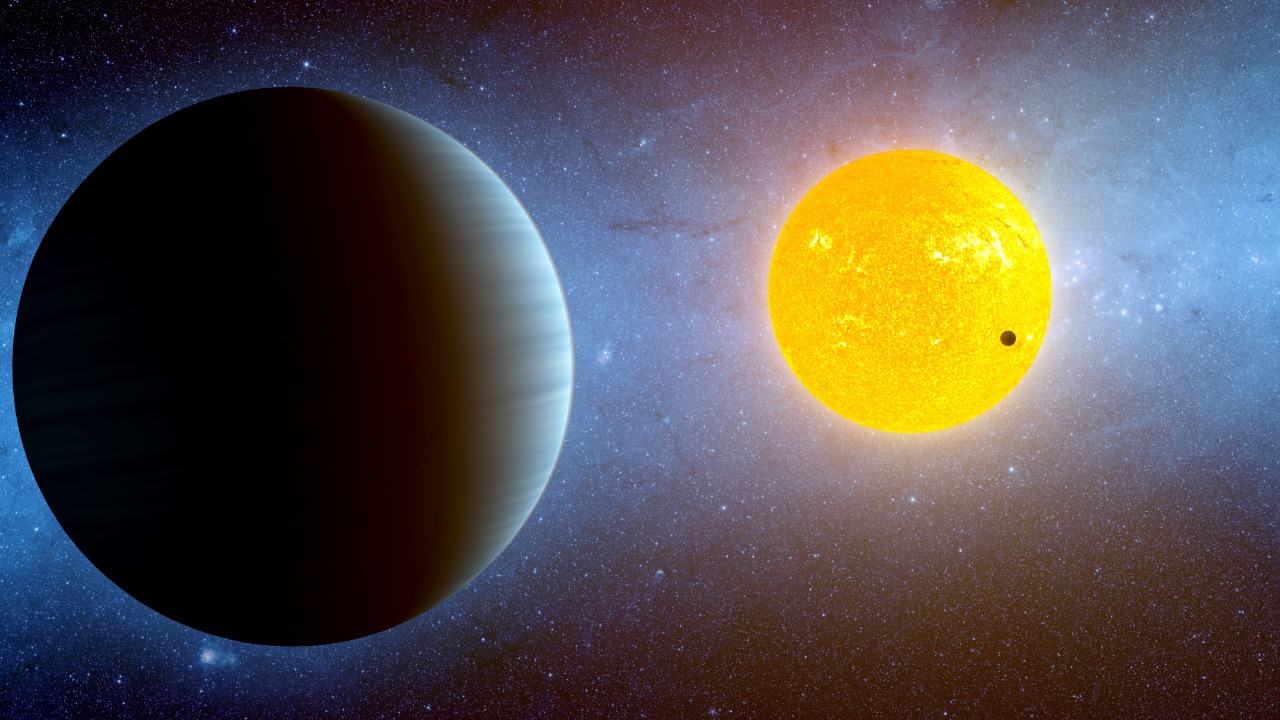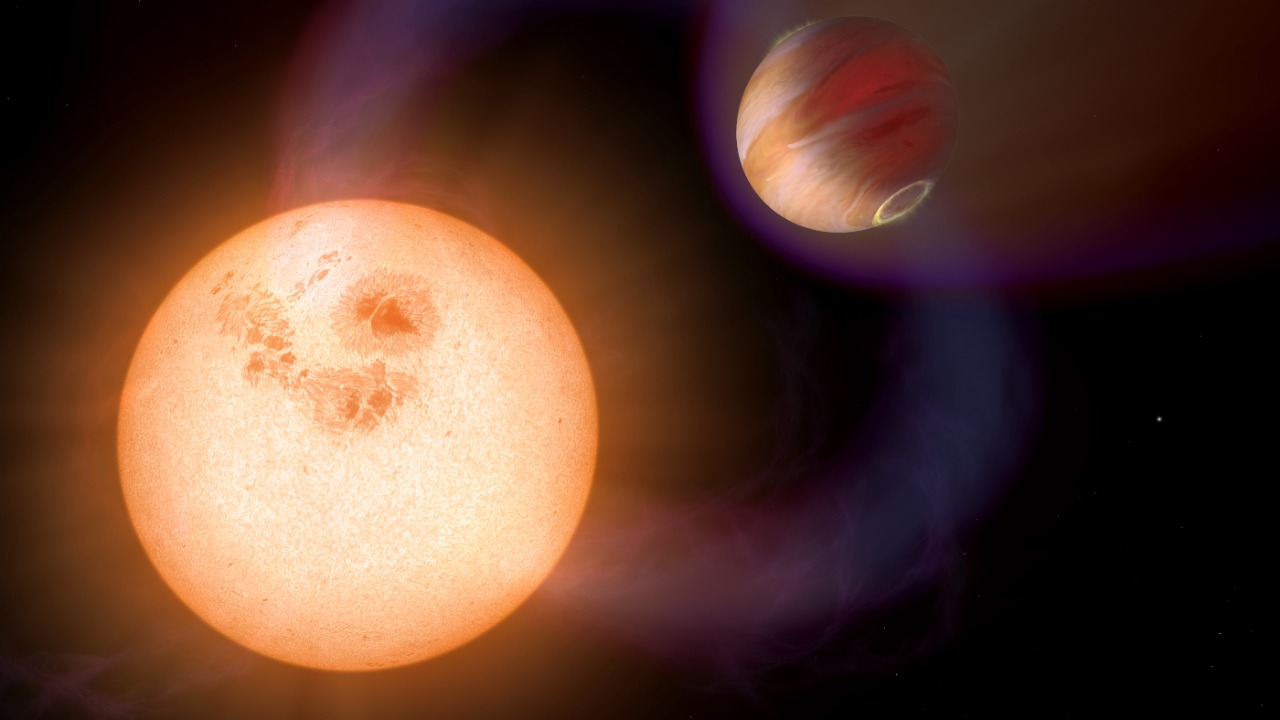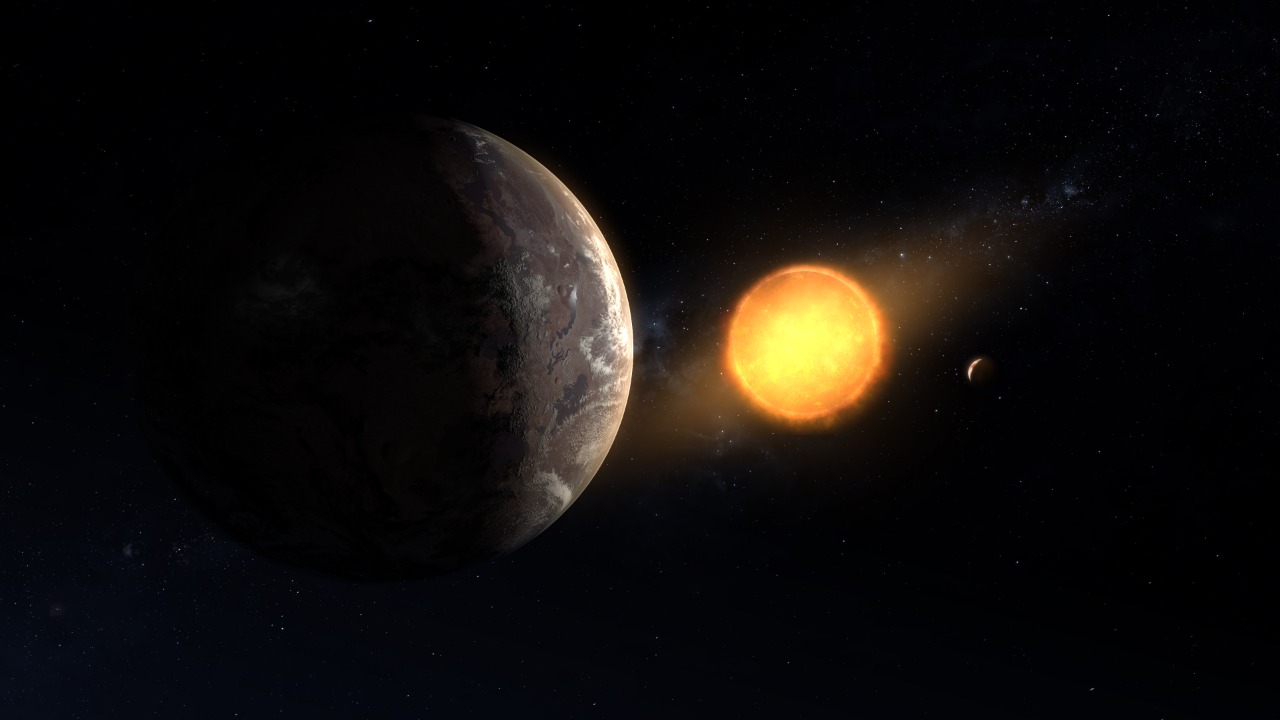
Discovered by NASA’s Kepler spacecraft, Kepler-10c is a massive exoplanet that challenges existing theories about planetary formation and habitability. Dubbed a “mega-Earth,” this planet’s characteristics compel scientists to reconsider the possibilities of life on planets once deemed inhospitable. As researchers delve deeper into its mysteries, Kepler-10c becomes a focal point in the ongoing exploration of the cosmos.
Understanding Kepler-10c: The Mega-Earth Phenomenon

Planetary Characteristics
Kepler-10c stands out due to its colossal size and mass. With a diameter approximately 2.3 times that of Earth and a mass 17 times greater, this exoplanet redefines what we understand as a rocky planet. Its composition is believed to be a mix of silicates and iron, similar to terrestrial planets in our solar system, but on an unprecedented scale. Kepler-10c’s sheer mass suggests a dense core and a thick mantle, making it a planetary heavyweight worth investigating.
In comparison to Earth and other known exoplanets, Kepler-10c challenges our expectations. While Earth is the largest rocky planet in our solar system, it is dwarfed by the likes of Kepler-10c. Most exoplanets discovered to date have been either gas giants like Jupiter or smaller, Earth-sized bodies. The existence of a mega-Earth like Kepler-10c suggests that rocky planets can grow significantly larger than previously thought, providing a new category in exoplanet classification.
Discovery and Observation
The discovery of Kepler-10c was made possible by the Kepler spacecraft, renowned for its exoplanet-hunting capabilities. By monitoring the dimming of a star as a planet passes in front of it, Kepler provided the data needed to identify this massive world. Advances in technology, such as improved photometric sensitivity and precise measurements of star brightness, have been crucial in detecting such distant and intriguing worlds.
In addition to the Kepler spacecraft, subsequent observations using ground-based telescopes have furthered our understanding of Kepler-10c. These telescopes have confirmed its mass and density, providing insights into its composition and structure. The continuous refinement of observational techniques ensures that our knowledge of exoplanets like Kepler-10c is continually expanding, revealing more about their nature and potential for habitability.
Challenging Existing Theories of Planetary Formation

The Formation Puzzle
Kepler-10c presents a conundrum for traditional models of planetary formation, which suggest that rocky planets cannot grow beyond a certain mass before accumulating a thick atmosphere of hydrogen and helium, turning them into gas giants. However, Kepler-10c’s dense, rocky composition defies this expectation. It suggests that under certain conditions, rocky planets can grow much larger than previously anticipated without becoming gas giants.
This realization has profound implications for the field of planetary science. The existence of such a massive rocky planet indicates that our models of planet formation may need significant revisions. Scientists are now tasked with figuring out how a planet like Kepler-10c formed and evolved, adding complexity to our understanding of planetary systems across the universe.
Revising Planetary Science
The discovery of Kepler-10c is prompting scientists to develop new theories about planet formation. Some hypotheses suggest that the planet could have formed in a region of space with an unusually high density of solid material, allowing it to grow large without transitioning into a gas giant. Alternatively, it may have formed as a gas giant and then lost its gaseous envelope through some unknown process.
These new theories are pushing the boundaries of exoplanetary science, encouraging researchers to consider scenarios that were once deemed unlikely. The need for updated models is apparent, as scientists strive to account for the existence of mega-Earths in their calculations and simulations. This evolution in scientific thought underscores the dynamic and ever-changing nature of space exploration.
Habitability and the Search for Life

Redefining Habitable Conditions
Kepler-10c’s discovery offers new insights into the potential for life on massive rocky planets. Traditionally, the search for life has focused on planets within the habitable zone of their stars, where conditions are thought to be just right for liquid water to exist. However, Kepler-10c’s size and composition suggest that life could potentially exist in environments previously considered inhospitable.
Researchers are now considering the atmosphere, temperature, and surface conditions of such massive rocky planets. If Kepler-10c possesses a substantial atmosphere, it could potentially regulate temperatures and create conditions suitable for life. This opens up new avenues for the search for life beyond Earth, broadening the scope of astrobiology to include a wider range of planetary environments.
Broader Implications for Astrobiology
The existence of Kepler-10c challenges the traditional boundaries of the habitable zone. It suggests that life could potentially arise on planets that do not fit the conventional criteria for habitability. Mega-Earths like Kepler-10c may possess unique characteristics that allow for the development of life in unexpected ways, expanding our understanding of what constitutes a habitable world.
These findings have significant implications for the search for extraterrestrial life. Scientists are now considering a broader range of planets in their search, acknowledging that life might not be as rare as once thought. The discovery of Kepler-10c and similar exoplanets encourages a more inclusive approach to astrobiology, one that embraces the diversity of planetary environments in the universe.
Technological and Methodological Advances in Exoplanet Research

Instruments and Techniques
The study of exoplanets like Kepler-10c has been revolutionized by advancements in technology. Space telescopes such as Kepler and its successors have been instrumental in detecting distant worlds, while ground-based telescopes have provided complementary data. These instruments use a variety of techniques, including transit photometry and radial velocity measurements, to gather detailed information about exoplanets.
Advances in data analysis have also played a crucial role in exoplanet research. Sophisticated algorithms and machine-learning techniques are used to process vast amounts of data, identifying potential exoplanets with greater accuracy and efficiency. These technological and methodological advances are key to our continued exploration of the cosmos, enabling the discovery of planets like Kepler-10c.
Future Missions and Explorations
As our understanding of exoplanets grows, so too does the need for future missions aimed at discovering and analyzing more mega-Earths. Upcoming space missions, such as the James Webb Space Telescope and the European Space Agency’s PLATO mission, promise to enhance our ability to detect and study distant worlds. These missions will focus on characterizing the atmospheres and compositions of exoplanets, offering new insights into their potential for habitability.
The continued investment in space exploration technology is essential for expanding our knowledge of the universe. By pushing the boundaries of what is possible, we can unlock the secrets of planets like Kepler-10c and gain a deeper understanding of our place in the cosmos. These efforts are crucial for advancing the field of exoplanetary science and exploring the potential for life beyond Earth.
The Broader Cosmic Context of Kepler-10c

Kepler-10c in the Milky Way
Located approximately 560 light-years from Earth in the constellation Draco, Kepler-10c resides within our Milky Way galaxy. Its discovery highlights the diversity of planetary systems within our cosmic neighborhood, suggesting that similar mega-Earths may exist in other parts of the galaxy. As our ability to detect and study exoplanets improves, we can expect to uncover more fascinating worlds like Kepler-10c.
The significance of Kepler-10c’s location extends beyond its immediate vicinity. It serves as a reminder of the vastness of our galaxy and the potential for countless other worlds awaiting discovery. Each new exoplanet found contributes to our understanding of the universe and the processes that govern planetary formation and evolution.
Implications for Humanity’s Place in the Universe
The discovery of Kepler-10c and similar exoplanets invites us to reconsider our understanding of the universe and our place within it. As we uncover more about these distant worlds, we are confronted with philosophical and scientific questions about the nature of life and the potential for other civilizations. The existence of such planets challenges us to expand our perspective and embrace the possibility that we are not alone in the cosmos.
Kepler-10c stands as a testament to the power of human curiosity and the drive to explore the unknown. It represents a new frontier in the search for knowledge, inviting us to look beyond our own world and consider the infinite possibilities that lie beyond. In doing so, we are reminded of the importance of continued exploration and the enduring quest to understand our universe.